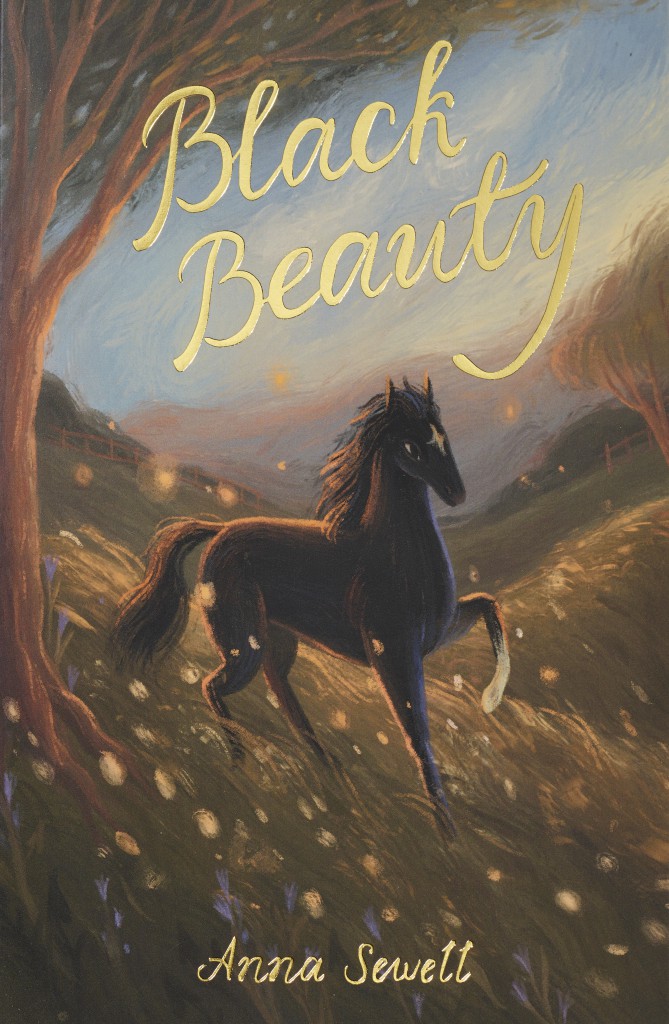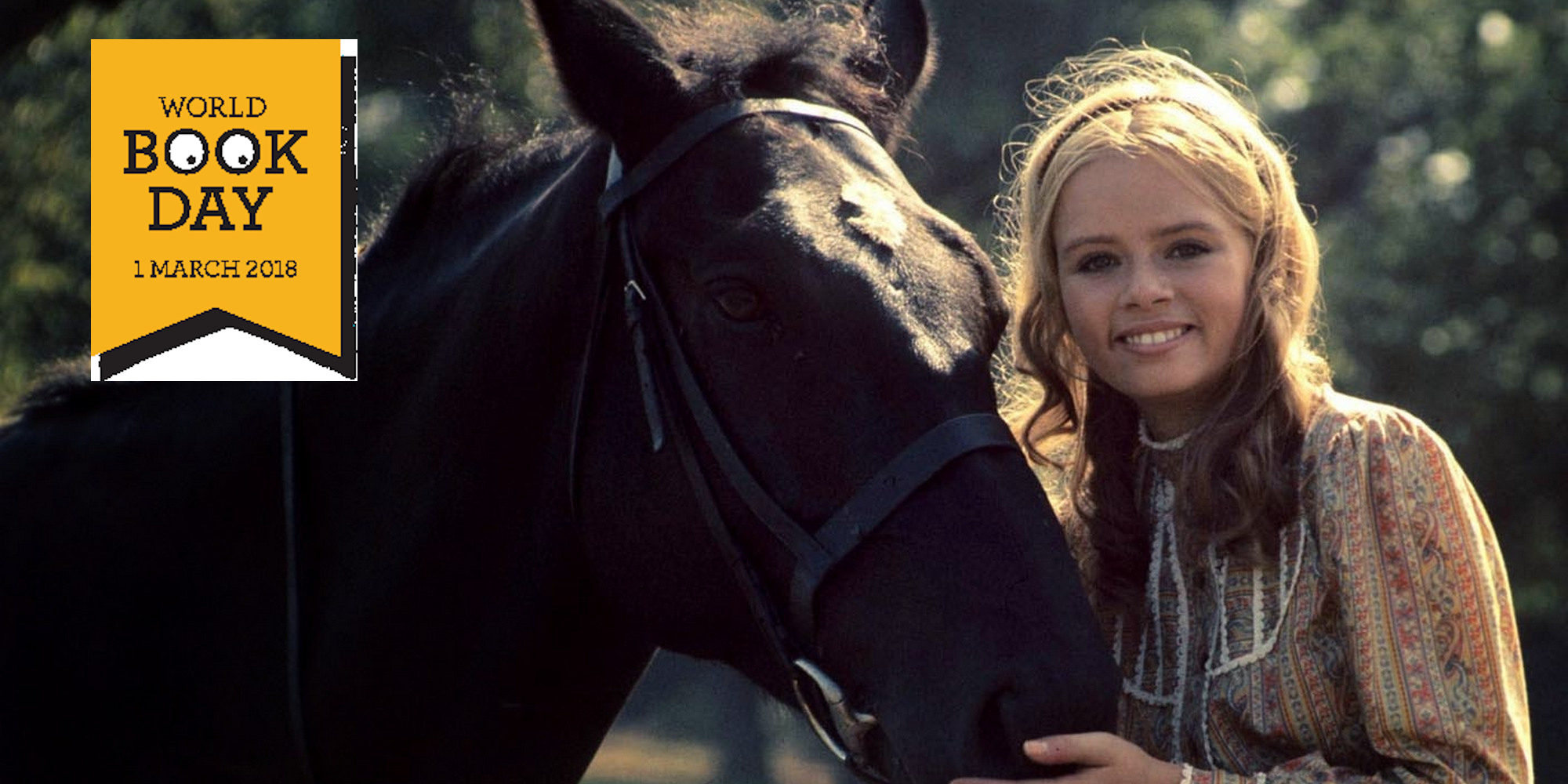
David Stuart looks at Black Beauty
To celebrate World Book Day 2018, David Stuart Davies looks at Black Beauty, one of the best-loved stories ever written.
Black Beauty (1877) is a perennial children’s favourite, a novel that makes such an impact on the mind of young readers that they often return to it in later life to re-live the enjoyment of this engaging and emotionally charged story. It is a moralistic tale of the life of a horse, emphasising the necessity to be kind to man and beast. The author Anna Sewell achieves this by relating the events of Black Beauty’s life in the form of an autobiography, describing the world through the eyes of the creature. In taking this anthropomorphic approach, Sewell broke new literary ground and her effective storytelling ability makes it very easy for the reader to accept the premise that a horse is recounting the exploits in the narrative.
The original title was Black Beauty, his grooms and companions; the autobiography of a horse, Translated from the original equine by Anna Sewell. The story, as narrated from Black Beauty’s perspective, provided contemporary readers with an insight into how horses suffered through their use by human beings in the nineteenth century. Feminist writer Tess Coslett observed that the horses in the text clearly exhibit human characteristics and emotions such as love and loyalty. Coslett emphasises that Black Beauty is a novel that ‘allows the reader to slide in and out of horse-consciousness, blurring the human/animal divide.’
The plot is a simple one. The gentle thoroughbred, Black Beauty, is raised with care and is treated well until a vicious groom injures him. The damaged creature is then sold to various masters at whose hands he experiences cruelty and neglect. After many unpleasant episodes, including one where he becomes a painfully overworked cab horse in London, Black Beauty finally canters towards a happy ending. Although Anna Sewell’s classic is set firmly in the Victorian period, its message is universal and timeless: animals will serve humans well if they are treated with consideration and kindness.
Sewell maintained that she did not write the story for children. She stressed that her purpose in writing the novel was ‘to induce kindness, sympathy, and an understanding treatment of horses’ Throughout the book, Sewell rails against animal maltreatment. For example, she describes the pain and discomfort brought about by the ‘bearing rein’ which was designed to go over the horse’s head and be attached to the bit in the animal’s mouth. It was used to prevent the horse from lowering its head beyond a fixed point. As Ginger, one of the horses in the novel, states, ‘… it is dreadful… your neck aching until you don’t know how to bear it… it’s hurt my tongue and my jaw and the blood from my tongue covered the froth that kept flying from my lips’. Similarly, the use of blinkers was decried by the author as well as certain veterinary procedures such as cutting off the tails of the horses.
During the course of the novel, we follow Black Beauty’s fluctuating fortunes, with his various owners, both kind and gentle as well as inconsiderate and cruel. Young readers can easily make the leap from horse-human relationships to human-human relationships, and begin to understand how their own consideration of others may be a benefit to all.
Sewell sold her story to Jarrold and Son for the single fee of just £20. The novel was an immediate success. Within two years of its publication one million copies of Black Beauty were in circulation in the United States alone. It is one of the best-selling books of all time.
In addition to its immediate popularity, the novel achieved the status of a political tool for animal rights activists who would distribute copies of the novel to horse drivers and to people in stables to bring to their attention the cruelty of their practices. It was claimed that the book gave a dramatic boost to the newly formed RSPCA. The depiction of the ‘bearing rein’ spurred so much outrage and empathy from readers that its use was not only abolished towards the end of the nineteenth century, but public interest in anti-cruelty legislation in the United States also grew significantly. The impact of the novel is still very much recognised today. Writing in the Encyclopedia of Animal Rights and Animal Welfare, Bernard Unti calls Black Beauty ‘the most influential anti-cruelty novel of all time’.
The book has been adapted for the cinema and television several times. The first movie version was a silent production in 1917. So successful was this film that it was re-released in 1929. The first talkie was produced in 1946 by Twentieth Century Fox. Since then there have been three more cinematic versions of Anna Sewell’s tale, the latest being a 1994 production with a starry British cast including Sean Bean, David Thewlis, Jim Carter, Peter Davison and Alan Cumming, who provided the voice of Black Beauty.
There have also been various television productions including the popular series, The Adventures of Black Beauty (1972-74). This ran for fifty-two episodes but was not an adaptation of the book but rather a ‘continuation’ of the story featuring new characters created by Ted Willis. The series was widely acclaimed for its high production values and the quality of writing and acting, and at times had remarkable English gothic overtones for a children’s series.
The book has even been adapted for the stage. In 2011 playwright James Stone created a live drama which was performed at the Broughton Hall Estate, North Yorkshire and Epsom Racecourse, Surrey. The production was a critical success and was performed around the UK in 2012.
Black Beauty was Anna Sewell’s only novel and sadly she did not live long enough to enjoy the full success and respect it attained. She died, only five months after it was published. Her birthplace in Church Plain, Great Yarmouth, is now a museum. The novel, which has never been out of print, remains a firm favourite, especially with young readers.
Books associated with this article
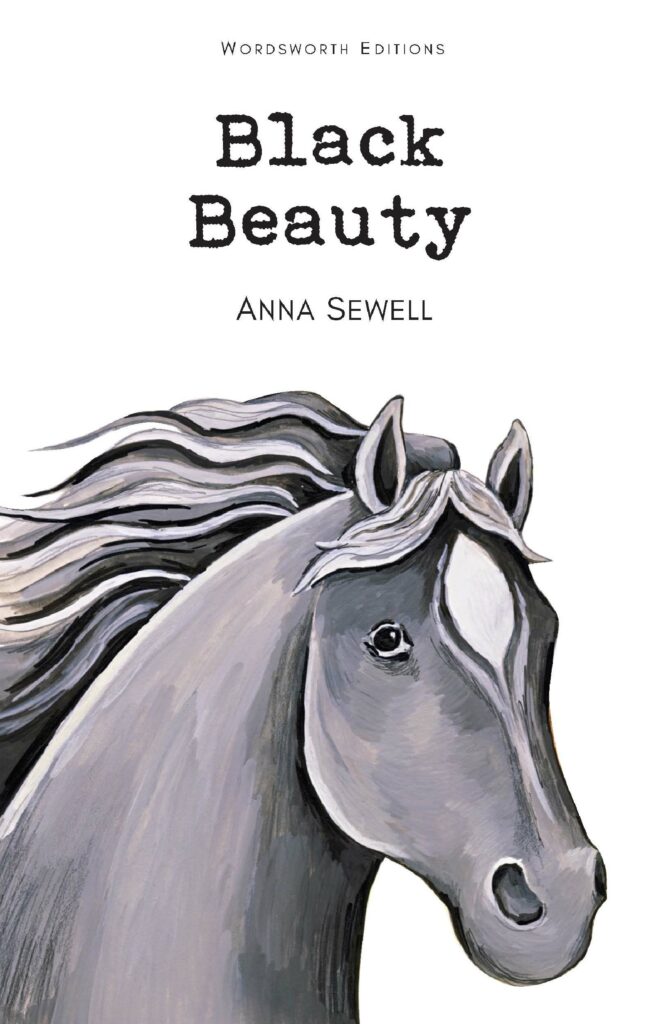
Black Beauty
Anna Sewell
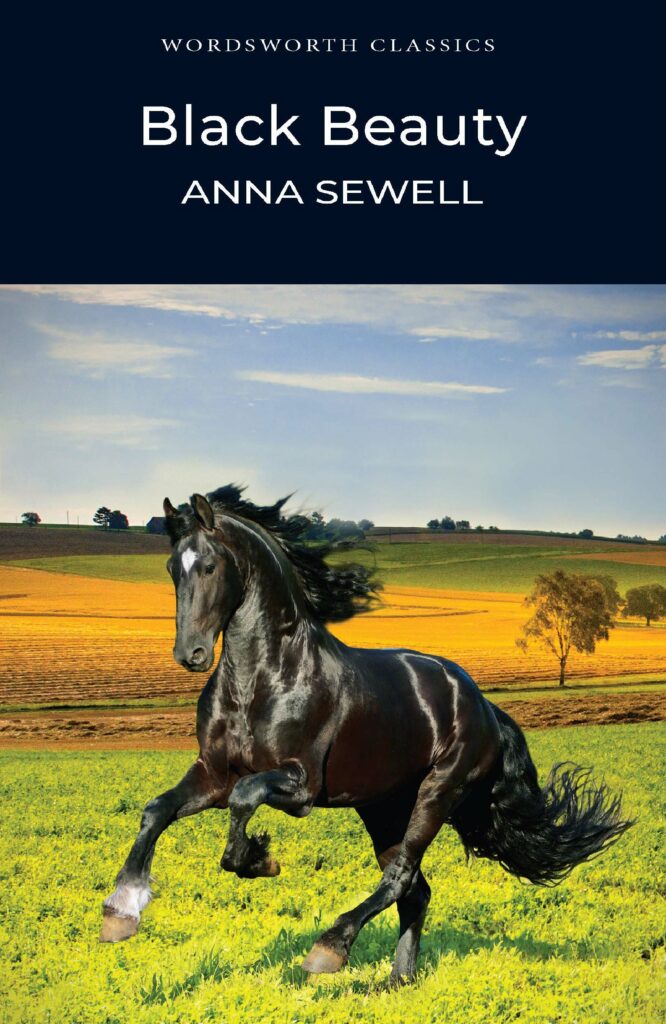
Black Beauty
Anna Sewell
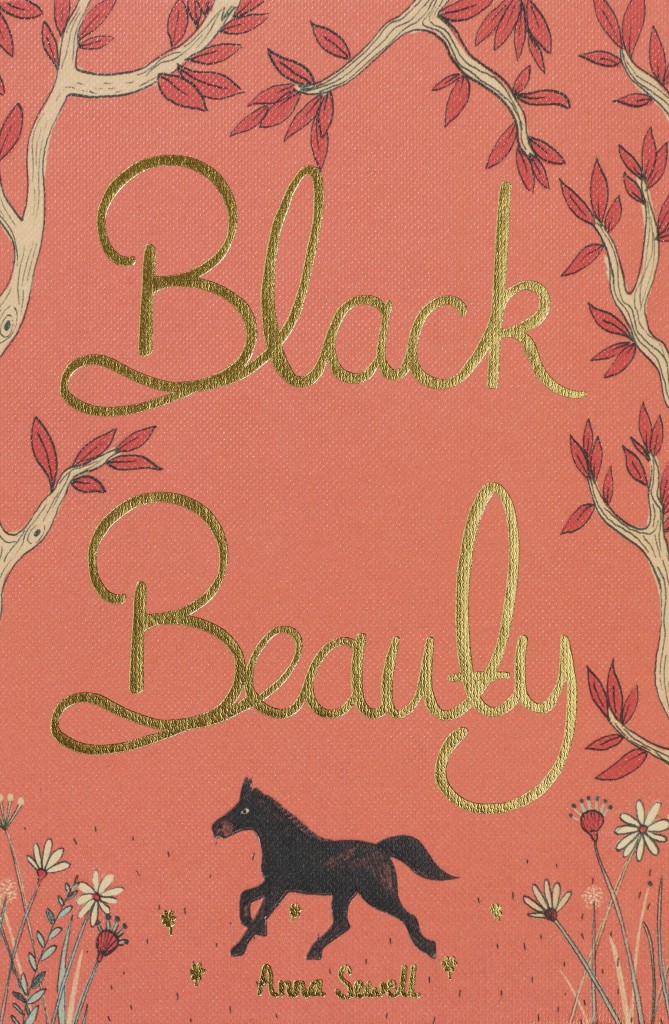
Black Beauty (Collector’s Edition)
Anna Sewell
